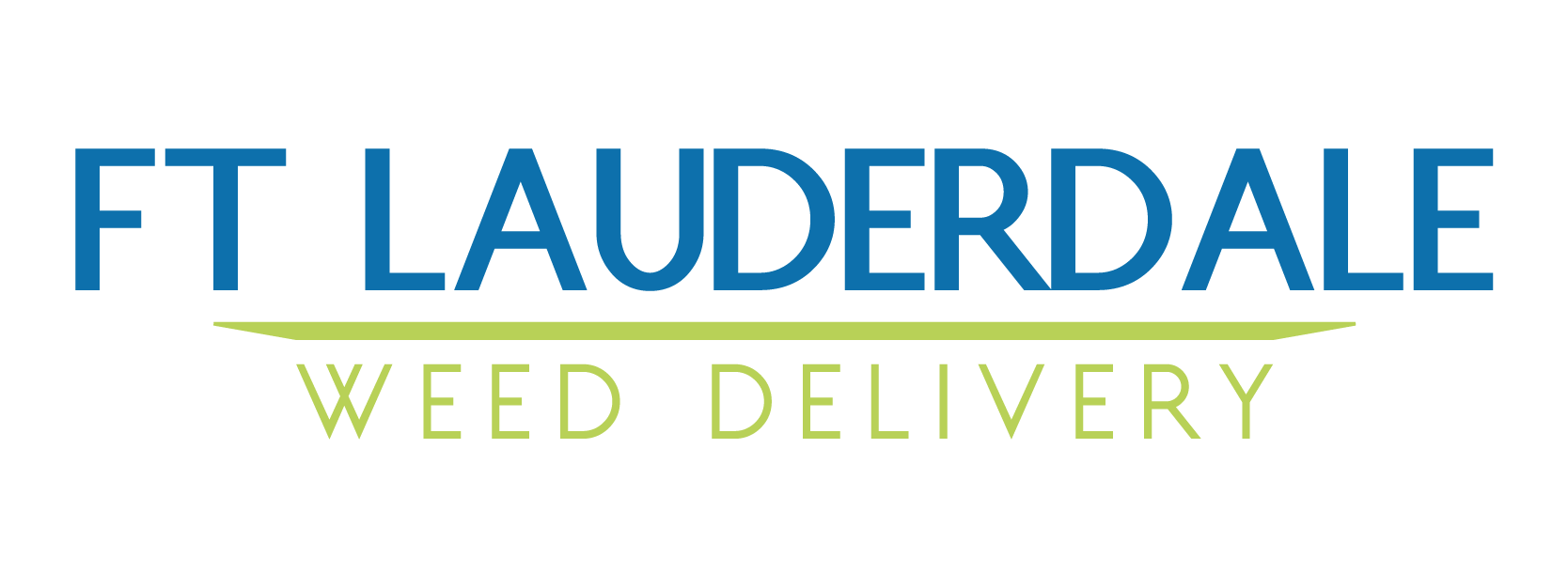Medical marijuana has gained widespread acceptance in the United States, with over two-thirds of states legalizing its use for specific medical conditions. Despite its growing prevalence, the legal framework surrounding medical marijuana involves multiple organizations and levels of government, each with distinct roles in creating, enforcing, and regulating its use.
Legislation: Who Makes the Laws?
In the United States, medical marijuana laws are primarily determined at the state level. State legislatures draft and pass laws that outline:
- Qualifying medical conditions (e.g., chronic pain, epilepsy, PTSD).
- Possession limits for patients and caregivers.
- Cultivation and dispensing regulations for medical marijuana businesses.
For example:
- California: Prop 215, passed in 1996, was the first state law to legalize medical marijuana.
- Florida: Amendment 2, approved in 2016, governs the state’s medical marijuana program.
At the federal level, marijuana remains classified as a Schedule I substance under the Controlled Substances Act (CSA), which deems it illegal. Congress has proposed multiple bills, such as the SAFE Banking Act, aimed at reconciling federal and state laws.
Enforcement: Who Oversees Compliance?
Federal Level
The Drug Enforcement Administration (DEA) is the primary federal agency responsible for enforcing marijuana laws. Despite marijuana’s federal illegality, the DEA has largely refrained from targeting medical marijuana businesses compliant with state laws, particularly after the issuance of the Cole Memorandum in 2013 (rescinded in 2018).
State Level
Each state has its own regulatory agencies to oversee medical marijuana programs, ensuring compliance with state-specific laws. These agencies include:
- California Department of Cannabis Control (DCC): Regulates licensing, testing, and sales in California.
- Florida Office of Medical Marijuana Use (OMMU): Oversees patient registry, licensing, and compliance in Florida.
- Colorado Marijuana Enforcement Division (MED): Enforces cannabis regulations in Colorado.
Local law enforcement agencies often play a role in ensuring compliance with state and local cannabis ordinances.
Regulation: Who Implements the Rules?
State governments establish regulatory frameworks for medical marijuana, often managed by dedicated cannabis or health departments. These bodies handle:
- Licensing: Issuing permits to growers, processors, and dispensaries.
- Patient Registries: Managing medical marijuana ID cards for qualified patients.
- Testing and Quality Control: Ensuring products meet safety and potency standards.
For example:
- New York’s Office of Cannabis Management (OCM) governs licensing and compliance for medical and recreational marijuana.
- Arizona Department of Health Services (ADHS) oversees the state’s medical marijuana registry and dispensary operations.
Conclusion
Medical marijuana legislation in the U.S. is a complex interplay of state and federal laws. States take the lead in crafting and enforcing legislation, while federal agencies like the DEA maintain overarching authority. As public acceptance grows, ongoing efforts to harmonize federal and state regulations will shape the future of medical marijuana in the U.S.


0 responses to “Medical Marijuana in the USA: Legislation, Enforcement, and Regulation”